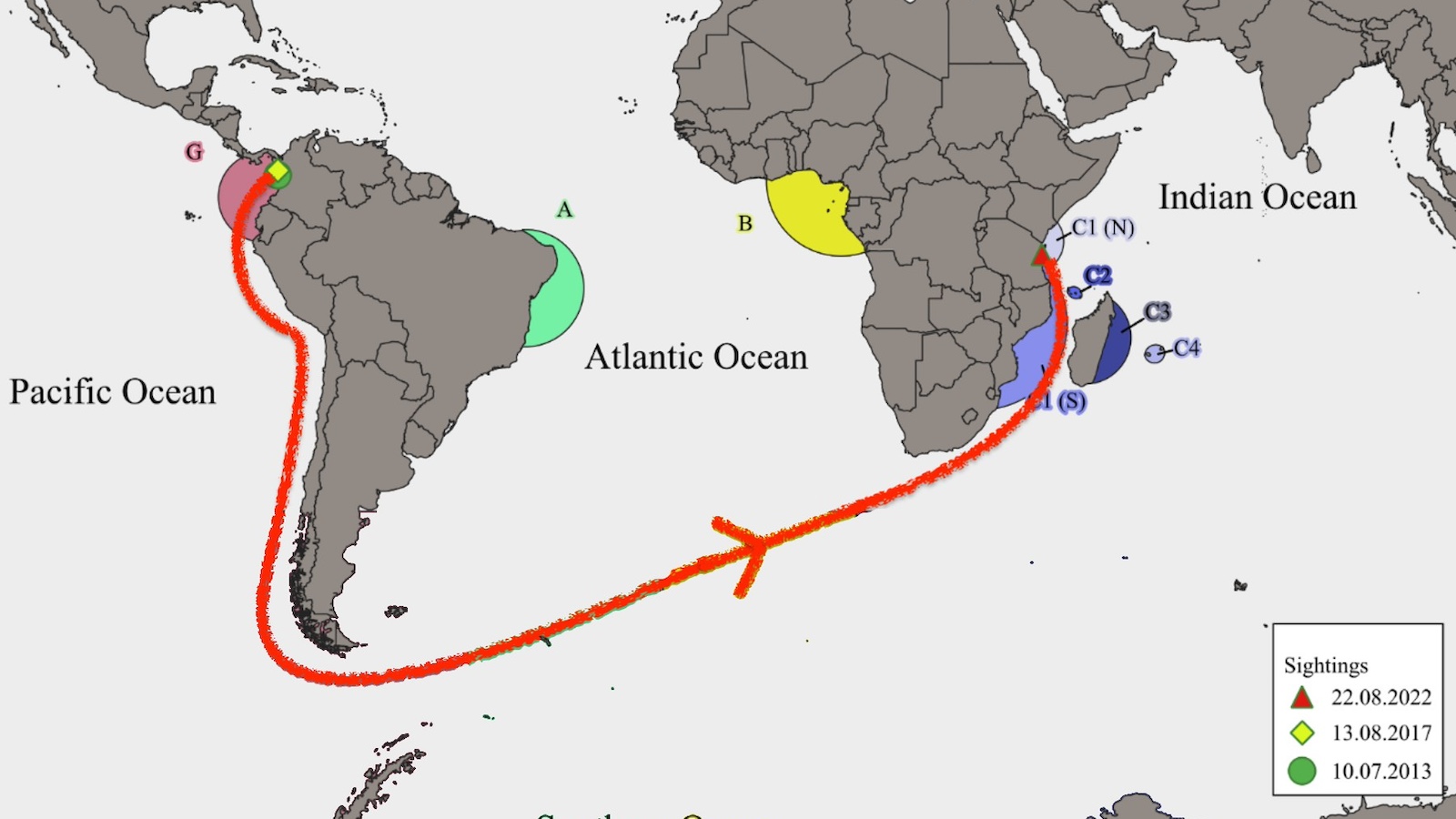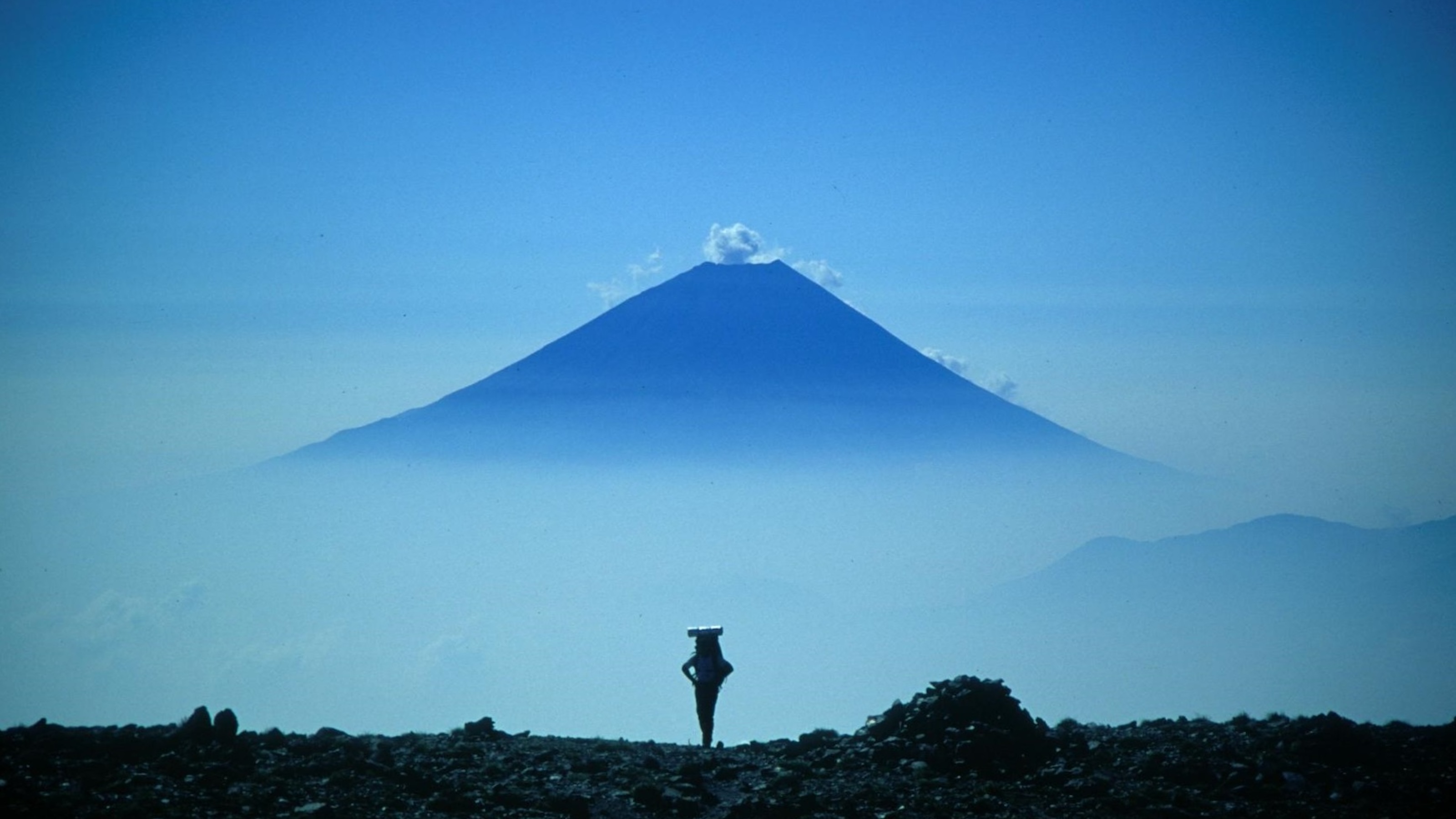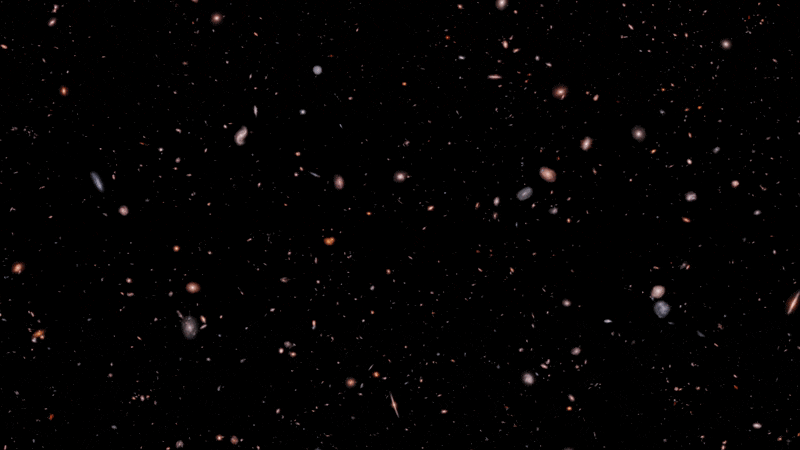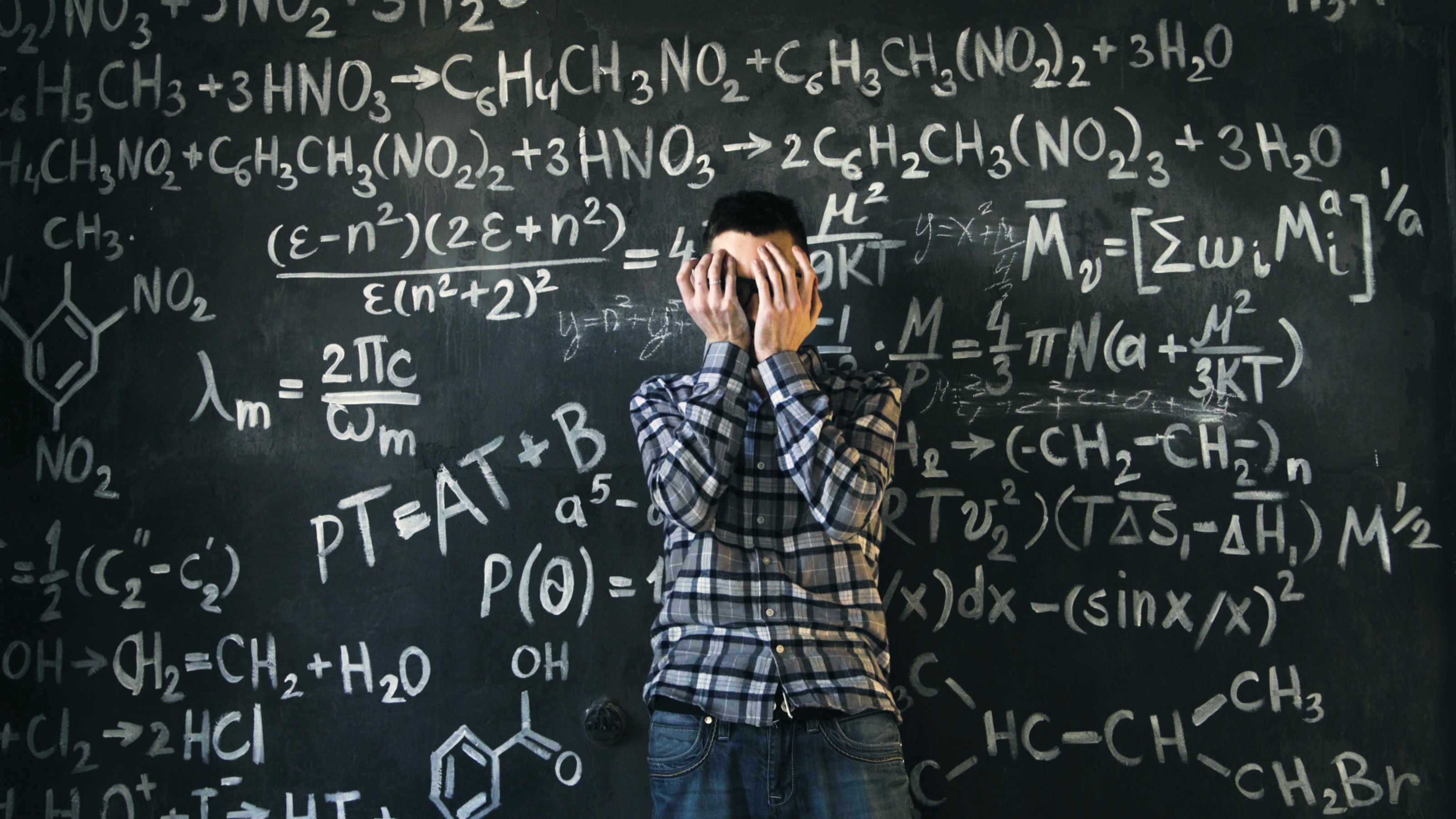The designer is a practical creature, says Antonelli.
Question: How has the relationship changed?
Antonelli: The economics of art and design? You know when I say “economics”, I always refer to it in the old fashioned terms; you know according to the Greek etymology, which means “managing your resources”. So I feel that designers are very economic beings, because what they do is they measure the tools that they have, the means that they have in order to achieve a certain goal. So their . . . their movement is already quite harmonious with the economy of the world. And they try also to benefit at the same time people, but also their clients. You know designers tend to have clients, so they have to work with the clients. And what they do is they try to teach the clients better ways to go about putting objects in the world. You know it’s a little bit what I was telling you before. Like when I curate a show I have the concept at heart; but at the same time I have to deal with a budget. Same thing for them, and that’s why I love design so much. You know designers have this idea in their mind. The idea is beautiful. Let’s say they already have their answer for that particular issue. It’s perfect. But then they have to go through what the client wants to do; what the client can do in terms of production, tools, and materials; what the marketing department says; what the regulations in particular states are; what the distribution will do. So they have to go through so many filters. And if in the end the object is still beautiful, and if the idea still shines in the object, my god that’s such an achievement.To me the biggest issue . . . It’s a little abstract, but in a way it helps you then put everything in perspective. It’s an issue of scale, you know? It’s an issue of the one-to-one scale of human beings. Like one person and the position that this person has in the world. So you start from the one human being. And then by self-aggregation you move to the community and to the real world. If people – policy makers, scientists and everybody else, with the help of designers – always kept in mind the centrality of human beings, I feel that they maybe might act in a different way. It’s very complicated when you’re a policy maker. You have to deal with really big systems. So say you’re an economist and you’re an advisor to the President of the United States, it’s tough to remember human beings because you know what? You’re dealing with such complex systems that it’s easier to abstract, and simplify, and remain in the system. What designers can do at all levels is to remind all these very important and very . . . and very complex people of the centrality of human beings. Visualization designers can help economists make diagrams in such a way as to report also the human scale, right? Product designers can take these very complex revolutions and make them become objects that people can use. And in doing so they can remind designers that ultimately everything is for people and made by people. So in a way, that’s why I (54:40) was saying that designers can become the intellectuals of the future. Sometimes I think of philosophers in France. You know it’s very funny how politicians in France always go to ___________ to ask him for advice. I don’t know if ___________ will do it. But you know they tend to do that. Well I’m hoping that, you know, the next President of the United States will put together a really small committee of designers not to find out how to decorate the White House, but rather to find out how to approach the health issue . . . health policy. I think that designers can help a tremendous lot in this. So . . . Because they are about other human beings, and because they never forget human beings. To me the biggest issue . . . It’s a little abstract, but in a way it helps you then put everything in perspective. It’s an issue of scale, you know? It’s an issue of the one-to-one scale of human beings. Like one person and the position that this person has in the world. So you start from the one human being. And then by self-aggregation you move to the community and to the real world. If people – policy makers, scientists and everybody else, with the help of designers – always kept in mind the centrality of human beings, I feel that they maybe might act in a different way. It’s very complicated when you’re a policy maker. You have to deal with really big systems. So say you’re an economist and you’re an advisor to the President of the United States, it’s tough to remember human beings because you know what? You’re dealing with such complex systems that it’s easier to abstract, and simplify, and remain in the system. What designers can do at all levels is to remind all these very important and very . . . and very complex people of the centrality of human beings. Visualization designers can help economists make diagrams in such a way as to report also the human scale, right? Product designers can take these very complex revolutions and make them become objects that people can use. And in doing so they can remind designers that ultimately everything is for people and made by people. So in a way, that’s why I (54:40) was saying that designers can become the intellectuals of the future. Sometimes I think of philosophers in France. You know it’s very funny how politicians in France always go to ___________ to ask him for advice. I don’t know if ___________ will do it. But you know they tend to do that. Well I’m hoping that, you know, the next President of the United States will put together a really small committee of designers not to find out how to decorate the White House, but rather to find out how to approach the health issue . . . health policy. I think that designers can help a tremendous lot in this. So . . . Because they are about other human beings, and because they never forget human beings.





